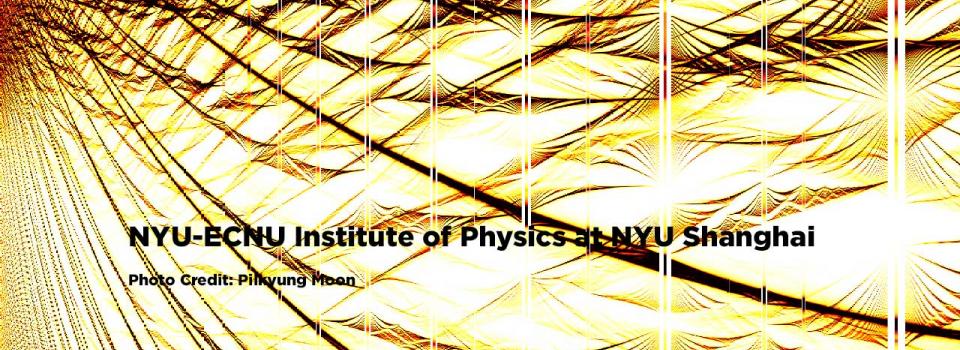
The seminar is sponsored by NYU-ECNU Institute of Physics at NYU Shanghai.
Abstract:
Here we study the magnetic susceptibility in various 3D gapless systems. Recently, a great deal of attention has been focused on the three-dimensional (3D) materials having zero- gap electronic structure with nontrivial topology. The Weyl semimetal is a representative example of such gapless materials, where two energy bands are touching at isolated points in the momentum space. Theoretically, it is also possible to have the band touching on a line in the momentum space, and such line-node band models and candidate systems were proposed. The existence of band touching is generally responsible for several unusual physical properties. One of the most notable examples is the magnetic susceptibility, which shows distinct features from the conventional orbital diamagnetism of free electron. In two- dimensional (2D) zero-gap linear band (e.g., graphene), it is known that the orbital susceptibility is expressed as a delta function of the Fermi energy, which diverges in the negative (i.e., diamagnetic) direction at the band touching point.
Here we calculate the magnetic susceptibility in a wider variety of three-dimensional gapless systems, including Dirac and Weyl semimetals as well as the line-node semimetal. The susceptibility is decomposed into the orbital term, the spin term and also the spin-orbit cross term which is caused by the spin-orbit interaction. We show that the orbital susceptibility logarithmically diverges at the band touching energy in the point-node case, while it exhibits a stronger delta-function singularity in the line node case. The spin-orbit cross term is shown to be paramagnetic in the electron side while diamagnetic in the hole side, in contrast with other two terms which are both even functions in Fermi energy. The spin-orbit cross term in the nodal semimetal is found to be directly related to the chiral surface current induced by the topological surface modes.
Biography:
Mikito Koshino received his Ph.D. degree from University of Tokyo, Japan in 2003. He was a research associate in Tokyo Institute of Technology from 2003 to 2010. Since 2010, he has taught Tohoku University, where he is an associate professor in condensed matter theory.
His current research is focused on the theoretical study on the electronic properties of various low-dimensional materials including graphene, carbon nanotubes and other atomic layer materials, and also covers the topological materials such as Weyl-Dirac semimetals and topological insulators.


